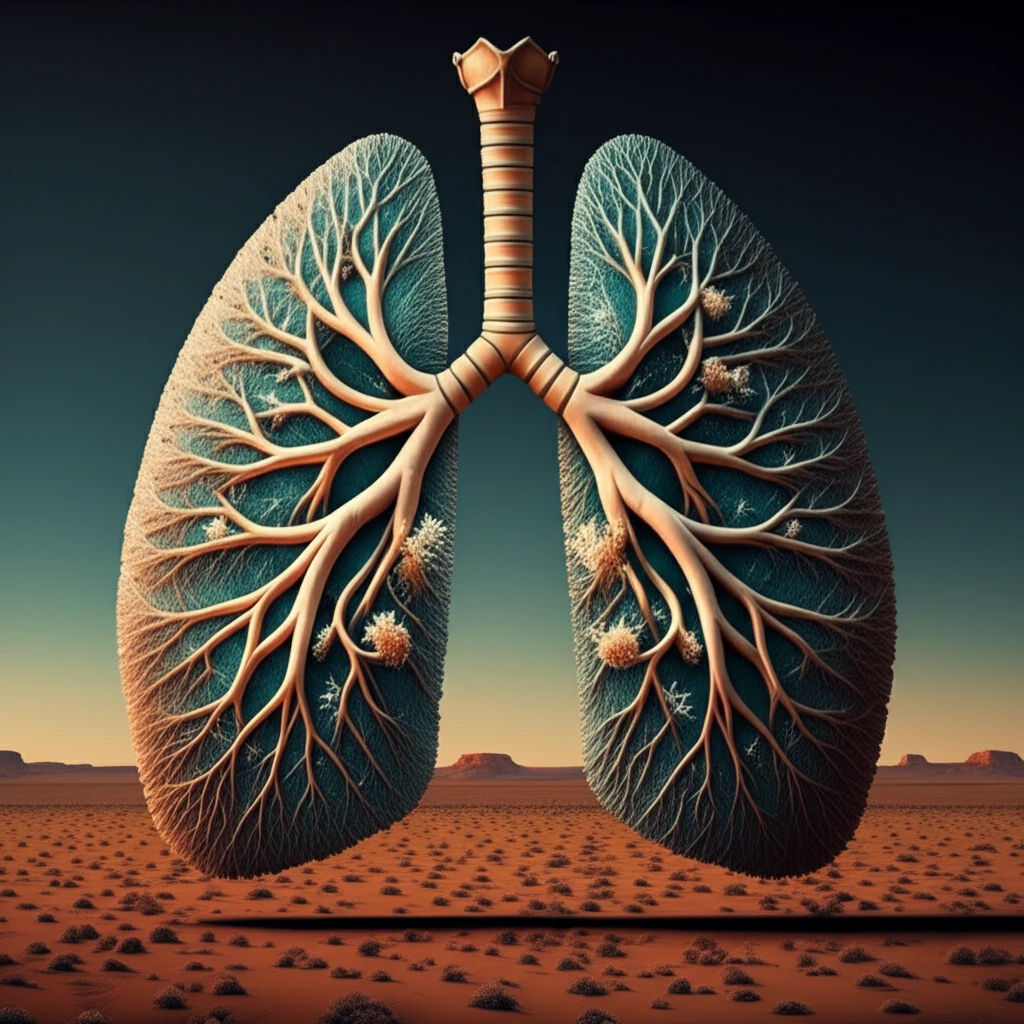
Unmasking Pulmonary Amyloidosis: A Mimic of Lung Cancer
"How a Rare Condition Masqueraded as Lung Malignancy in an Indigenous Australian Woman with Sjogren's Syndrome"
Pulmonary nodules and cysts can arise from many different conditions. Sjogren's syndrome, primarily known for causing dry eyes and mouth, can also affect the lungs. Lung problems linked to Sjogren's typically include interstitial lung disease (ILD) and issues with the trachea and bronchi. In very rare instances, amyloidosis—specifically in the form of nodules and cysts—occurs secondary to Sjogren's syndrome.
This article delves into the case of a 52-year-old Australian Indigenous woman with Sjogren's syndrome, whose initial diagnosis pointed towards metastatic lung cancer due to a concerning nodule found on a PET scan. Further investigation revealed a surprising alternative.
Through this case, we aim to emphasize the diagnostic challenges and the importance of considering less common conditions, even when initial findings suggest something more typical.
The Case: Unveiling the True Diagnosis

A 52-year-old Australian Indigenous woman, already diagnosed with Sjogren's syndrome a decade prior, presented with a persistent dry cough lasting six months. Aside from this, she reported no other respiratory symptoms or general signs of illness like fever or weight loss. Her history included a teenage smoking habit, and she only took NSAIDs for occasional back pain. Physical examination revealed an enlarged thyroid gland, but was otherwise unremarkable.
- Bronchoscopy: Initially, a bronchoscopy (a procedure to visualize the airways) found no abnormalities.
- Biopsy Complication: A CT-guided biopsy of the concerning nodule was attempted, but it led to a pneumothorax (collapsed lung) and yielded inconclusive results.
- Surgical Revelation: Ultimately, a surgical wedge resection (removal of a small piece of the lung) was performed. Microscopic examination revealed amorphous material that, when stained with Congo red and viewed under polarized light, displayed apple-green birefringence. This distinctive finding confirmed the diagnosis of pulmonary AL amyloidosis.
Key Takeaways: Amyloidosis and Diagnostic Vigilance
This case underscores the importance of considering rare conditions like pulmonary amyloidosis, especially in patients with autoimmune disorders such as Sjogren's syndrome. While lung nodules and cysts often raise concerns for cancer, this case demonstrates that other possibilities should be thoroughly investigated.
Pulmonary amyloidosis secondary to Sjogren's syndrome is rare and can be difficult to diagnose. The case highlights the diagnostic challenges and the importance of surgical lung biopsy in confirming the diagnosis and excluding other conditions.
This case adds to the growing body of knowledge on the pulmonary manifestations of both amyloidosis and Sjogren's syndrome, reminding clinicians to maintain a broad differential diagnosis and utilize appropriate diagnostic tools to ensure accurate and timely diagnosis, especially in complex presentations.
